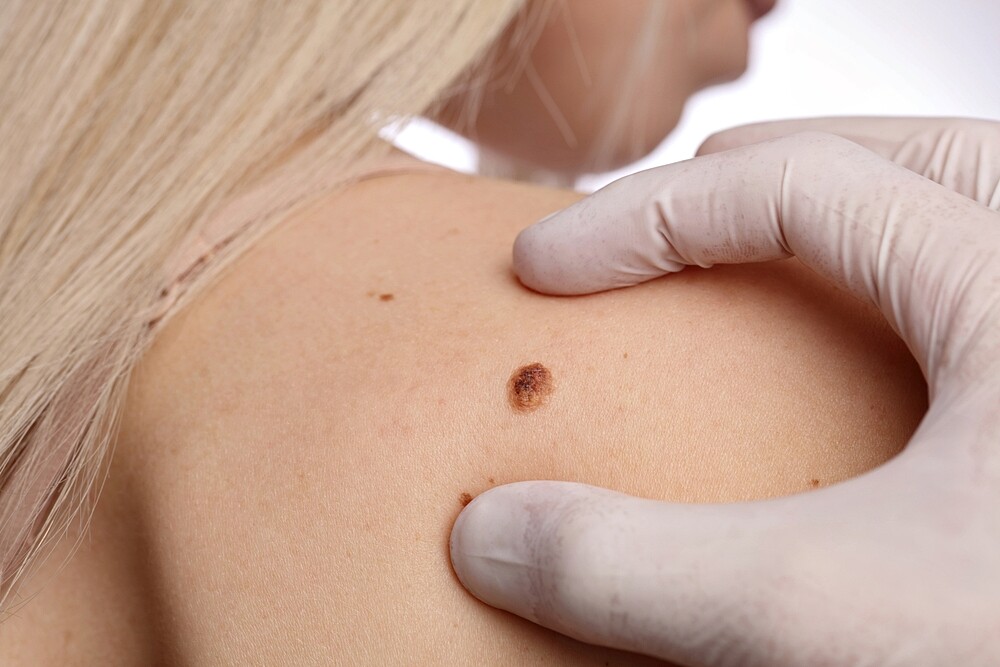If the birthmark itches, it doesn’t necessarily mean something bad. Here you can find out everything about possible causes and what else you should know.
What is a Birthmark?
A birthmark is formed when a large number of so-called melanocytes accumulate in one part of the skin. These are pigment-forming cells that determine the skin colour and thus give birthmarks their dark colour. But also the so-called nevus cells, which are related to the melanocytes, can form a birthmark or mole.
Light Skin Types are More Prone to Moles – and to Skin Cancer
Particularly with light skin types, moles occur more frequently for genetic reasons, even if the actual number of moles is not determined by the genes according to recent studies. In addition, it seems to play a role in how much time one spends in the sun at a young age without UV protection – moles can therefore also form in the course of life. In most cases, however, these moles are referred to as moles. Hormonal changes, such as pregnancy, also play a role in the formation of liver spots.
Changes: When The Birthmark Itches
If a birthmark itches, it doesn’t mean something bad directly – but the skin should be watched closely, especially if the itching suddenly occurs again and again. If changes occur, for example in colour or shape, it is essential to consult a dermatologist – there is a risk of skin cancer.
Symptoms: These Symptoms Indicate Skin Cancer
Especially those who have many moles or liver spots should observe them carefully – and have them checked by a doctor. The following symptoms can be an indication of skin cancer:
- Itching
- Pain
- Burning
- Wetting
- Change in shape or colour
The ABCDE Rule for Diagnosis
To determine whether a birthmark should be better observed because it could lead to skin cancer, for example, there is the so-called ABCDE rule:
- A for asymmetry (irregular, not uniformly round or oval birthmark)
- B for limitation (birthmark should be sharply limited)
- C for Color (color of the birthmark – dark colors are rather negative)
- D for diameter (birthmark should not be larger than five millimetres)
- E Development (Does the birthmark change shape or colour?)
Even if the moles are not conspicuous, they should be examined regularly, i.e. every two years, by a dermatologist through skin screening. This also helps to prevent possible black skin cancer (“malignant melanoma”), because a suspicious birthmark or mole can also be removed by the doctor under local anaesthetic as a precautionary measure.
Moles and birthmarks that are subject to constant pressure or friction (e.g. under bra straps or on the waistband) should always be removed. Permanent irritations such as friction are rather bad for the skin and can have negative effects especially on moles. For example, itchy skin areas are a consequence, in the worst case even skin cancer.

